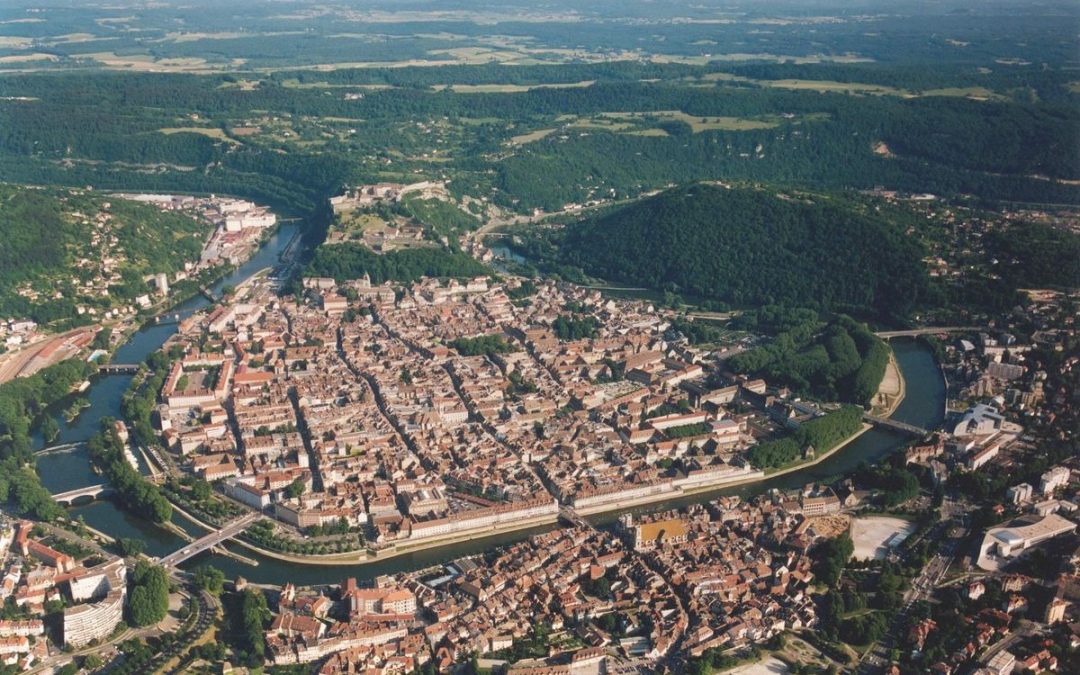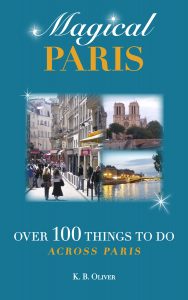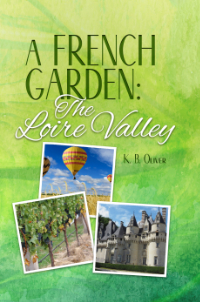Have you heard of the city of Besançon?
Along with being the birthplace of Victor Hugo, Besançon is the capital of the Franche-Comté region in eastern France. This city of over 100,000 people is a thriving center of research, a great place to live, and a popular place to visit.
There are many reasons for its popularity, but we’ll start with one obvious one: natural beauty. Situated between Switzerland and the French Jura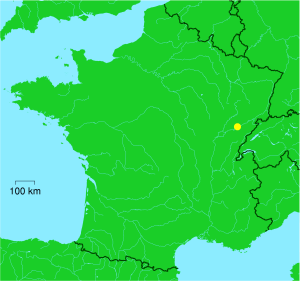 Mountains, you’re always surrounded by mountains. The Alps themselves guard its southern edge. Activities for enjoying nature are nearly endless. Hiking, climbing, river sports, picnics, and more.
Mountains, you’re always surrounded by mountains. The Alps themselves guard its southern edge. Activities for enjoying nature are nearly endless. Hiking, climbing, river sports, picnics, and more.
The Old Town is surrounded on three sides by the Doubs River. It is sometimes called “la boucle”, the loop or curl, because of the river that curls around it. There, you’ll find pedestrian shopping streets, restaurants, cafes, and a covered market in the Place de la Révolution.
The city has historic importance, as you can imagine, since it has been around for two thousand years! Besançon is remarkably well-preserved. It used to be the hub of French watchmaking.
Now, its significant industries are technical: biomedical engineering and microtechnology, among others. Another noteworthy fact, Besançon is known as the greenest city in France, thanks to its natural setting, surrounding farmland, and efforts at land and biodiversity preservation.
It’s also known as a town of art and history. Seems there is a lot here to draw people of all kinds, including students. Thirty thousand of them.
Now, on to more touristy objectives.
The famed Citadel (which you can see from almost anywhere in town) is a 17th-century fortress that sits on a rock, a sheer drop on 2 sides. It’s an important military monument, but also contains several museums and a zoo (and a treasure hunt for children.) From this pinnacle and the surrounding paths, you can see the whole city below.
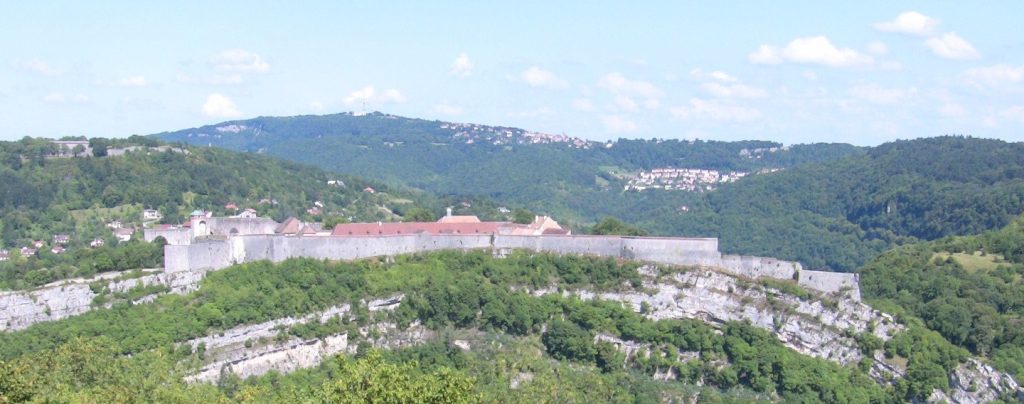
Citadel
St. Jean Cathedral (with an altar on each end) houses an astronomical clock and a work by Renaissance painter Fra Bartolomeo. Close to there is the Porte Noire, a Roman arch (meaning 2,000 years old!) guiding you through the city.
Many towns have a fine arts museum, but here, Le Musée de Beaux-Arts et de l’Archéologie claims to be the oldest public collection in France. In addition, it includes archaeology.
As you might expect (and anticipate) there’s the fascinating Musée du Temps, Museum of Time, the watchmaking museum, housed in a lovely Renaissance palace, the Palais Granvelle.
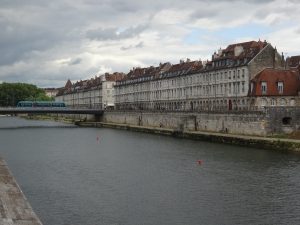 A Riverwalk: The Quai Vauban is a great place to stroll, bike, picnic, or take a boat ride.
A Riverwalk: The Quai Vauban is a great place to stroll, bike, picnic, or take a boat ride.
In nearby Nancray, you can see an open-air museum of historic houses and farms the way they used to be. Also near is the Osselle Cave, open for visitors.
The Besançon Tourism Pass includes free access to 4 sites around the city and unlimited transportation on the Ginko tram network. Different combinations are available for a weekend or longer. Find it along with many more tips and lots of information for visiting at the Tourist Bureau, 52 Grande Rue.
A Few More Excursions of Interest
Winegrowing in the sloping Battant district (and of course, tasting!)
Each year in June, enjoy original street art during the Bien Urban Festival.
Architecture: you’ll see the beautiful tile roofs and attractive 18th-century mansions.
The FRAC (Fond Regional d’Art Contemporain) Modern Art Museum sits on the banks of the Doubs River.
From Paris, you can get there in 2 or 3 hours, depending on the route. Once you’re there, you can enjoy the Old Town, hike, and bike, visit museums, and enjoy regional food, all while surrounded by natural beauty.
Related Posts
Le Jura, a Natural Wonder in the East
Auvergne: Discover and Delight

Get one for your next trip! New from Oliver’s France (and so practical!)

